A solar battery calculator helps you calculate the battery backup hours based on your battery's power consumption, voltage, and efficiency. For example, if you are using a lead-acid battery, it might have an efficiency factor of 0.5, whereas a lithium battery might have a 0.8 efficiency factor. Sizing your solar system matters, considering efficiency and cost. An undersized solar system might not be efficient, and an oversized one might be costly.
Jackery Solar Generator is a solar power supply system that comprises Jackery SolarSaga Solar Panels and Jackery Portable Power Station. This reliable and lightweight solar generator has an in-built inverter in the portable power station and a solar panel that uses high-efficiency PV cells to capture and convert sun energy into electricity. Based on your energy consumption, you can choose the right size and capacity solar generator to power your appliances, such as microwaves, ovens, TVs, and communication devices.
Key Takeaways
- A well-sized solar system prevents overspending and maximizes savings by avoiding unnecessary equipment.
- Consider sunlight availability, panel efficiency, and size to determine the correct number of solar panels.
- Calculate your daily energy consumption by adding the wattage of all the devices you plan to power. This will help you determine how much energy your battery needs to store daily.
- The Jackery Solar Generator provides reliable and portable backup power, making it ideal for home emergencies and off-grid living.
Why Proper Solar System Sizing Matters
An oversized system costs more than needed. Extra panels and inverters add to the expense without real benefits, leading to wasted investment. An undersized system does not produce enough power. An optimized solar system helps you save money and gain energy independence. The right size ensures you generate enough power without overspending on unnecessary equipment.

How to Size Solar Panel, Inverter, and Battery
Sizing your solar panel, inverter, and battery is essential for an efficient solar power system. A well-sized system ensures you generate enough energy without overspending.
Solar Panel Calculator: How Many Panels Do You Need?
To determine the number of solar panels you need, assess your home's average energy use in kilowatt-hours. The amount of sunlight in your area also affects the power your panels can produce. Panel efficiency and size matter, too, as higher-efficiency panels generate more energy in less space.
Next, you can use the formula given below to calculate the number of panels you need:
Number of panels = system size/production ratio/panel wattage
Assume that the daily energy needed is 5kWh. Now, the production ratio is 1.5 (assuming a sunny location), and panel wattage is 350W (0.35kW); putting the values in the above formula:
Number of panels = 5/1.5/ 0.35 = 150 ÷ 0.525 = Around 10 panels.
Solar Battery Calculator: How Much Battery Storage do you Need?
Determine your daily energy use by adding the wattage of all the devices you want to power. Next, consider how many days of backup power you need. Days of autonomy are essential for cloudy days when solar panels may not generate enough electricity.
Then, factor in the Depth of Discharge (DoD). Most batteries need extra capacity to avoid overuse. You can use the battery backup calculator to calculate the battery capacity:
The formula to calculate battery capacity is:
Battery Capacity = Daily Energy Usage * Days of Autonomy / Depth of Discharge (DoD)
Lithium batteries usually have a higher Depth of Discharge (DoD), often around 80% (0.8). Let's calculate the required battery capacity using the lithium-ion battery calculator:
If your daily energy usage is 10 kWh, with a DoD of 80% (0.8) and battery efficiency of 80% for a lithium battery and 2 days of autonomy:
Battery Capacity = 10 * 2 / (0.8 * 0.8) = 31.2kWh
If your daily energy usage is 10 kWh, you would need a 31.2kWh lithium battery for a backup system.
Inverter Solar Sizing: How to Choose the Right Capacity
An oversized inverter may not convert energy efficiently, leading to wasted power and lower energy production. It can also overload the electrical system, increasing fire risk or other hazards.
Here is a step-by-step process for calculating inverter capacity for a 2000W inverter setup by using the UPS battery calculator:
Step 1: Calculate the Battery Capacity
Check the battery label or manual to determine the battery capacity in Ah. For example, if the battery is labeled as 12V 150Ah, the battery capacity is 150Ah.
If the battery capacity is not mentioned on the label, you can calculate it using the amp hour battery calculator:
Amp-hours (Ah) = Watt-hours (Wh) / Voltage (V)
If the power load of the appliances you are using is 2000W, the running time is 6 hours, and the voltage is 12V, the battery capacity will be:
Amp-hours (Ah) = Watt-hours (Wh) / Voltage (V).
Amp-hours (Ah) = 1800Wh / 12V = 150Ah
Step 2: Calculate the Load Wattage
To determine the load wattage in W, add up the wattage of all the devices you are using. For example, if you have a 150W computer, a 60W TV, and a 1790W coffee maker, the load wattage is 2000W.
Step 3: Calculate the Backup Time
To calculate the backup time, use the following formula:
Backup Time = Battery Capacity * Battery Voltage * Battery Efficiency / Connected Load
For example,
If you have a 3500VA UPS with a 12V 150Ah battery, and the total wattage of your load is 2000W, the backup time can be calculated as follows:
Backup Time = Battery Capacity * Battery Voltage * Battery Efficiency / Connected Load
Backup time = (150Ah * 12V * 0.7) ÷ 2000W
Backup time = 0.63 hours or 37.8 minutes.
So, your inverter battery will last around 0.63 hours to keep your needed appliances running.
Note: This would be the backup time for a 2000W power load. However, consider a more extensive setup if you need more backup time.
Jackery Solar Generators for Essential Home Backup
Jackery is a leading sustainable brand that manufactures Jackery Solar Generators, Jackery SolarSaga Solar Panels, and Jackery Portable Power Station. Jackery Solar Generators offers home backup to power your appliances as a combined solar power system for various scenarios. When solar panels are exposed to sunlight, they capture solar radiation and convert it into electrical energy. Then, it transfers this electrical energy (DC) into a portable power station, which converts it to AC to power appliances such as refrigerators, computers, WiFi, and more.
Jackery Solar Generator 5000 Plus
The Jackery Solar Generator 5000 Plus is compact, quiet, and easy to move. It comes with wheels and a pull handle for convenience. It runs with low noise while powering your appliances. This off-grid generator is an ideal choice for home backup and off-grid living. It provides reliable and sustainable power. You can use it for medium- and heavy-duty appliances like an AC, oven, or electric grill. Its strong performance and easy portability make it a dependable option for daily use. Whether at home or outdoors, it helps keep your essential devices running.
Appliance Working Hours
- Coffee Maker (1400W): 3H
- Air Fryer (1800W): 2.3H
- Clothes Dryer (1200W): 3.4H
- Dishwasher (1300W): 3.1H
- Electric Kettle (1200W): 3.4H

Customer Review:
"I bought this as a backup power option for power outages. This is an absolute beast of a home battery supply. The Jackery 5000 Plus is a powerful and versatile power station with a 5040Wh capacity and 7200W output, making it perfect for various needs."
- Kendra
Jackery Solar Generator 2000 Plus
The Jackery Solar Generator 2000 Plus is expandable for various scenarios, such as home emergencies, power outages, and blackouts. It can power heavy-duty appliances and supports additional battery packs and solar panels. Whether you want to go off-grid or power your appliances during blackouts, this solar generator provides reliable home backup power. You can power essential appliances such as refrigerators, coffee makers, ventilators, and ovens.
Appliance Working Hours
- Electric Pressure Cooker (1000W): 1.7H
- Hot Water Dispenser (1000W): 1.7H
- Laser Printer (600W): 2.8H
- Microwave (600W): 2.8H
- Sandwich Maker (700W): 2.4H

Customer Review:
"It works great. I had no problems getting it charged and up and running. I have not installed the transfer switch yet. I recommend the Jackery systems that you have.
- Mario Contreras
Cost Breakdown: Solar Panels, Batteries & Inverters
Understanding the cost breakdown of solar panels, batteries, and inverters helps you plan your budget wisely. The total cost depends on system size, equipment type, and installation. A calculator helps estimate battery storage needs, preventing overspending or power shortages.
Cost of Solar Panels Based on System Size
On average, a 3kW solar panel system costs around $9,000 to $15,000, a 5kW solar panel system costs around $15,000 to $25,000, and a 10kW solar panel system costs around $30,000 to $50,000. A fully installed solar system typically costs $3 to $5 per watt before incentives like the 30% tax credit are applied.
Battery Cost Based on Storage Capacity
Lead-acid batteries cost less at first but need frequent replacements, which makes them more expensive over time. Their prices are between $50 and $150 per kWh. Lithium-ion batteries cost more upfront but last longer and work more efficiently, which makes them cheaper in the long run. The estimated price of lithium-ion batteries ranges from $75 to $250 per kWh.
Example Calculation: How to Size a Backup Battery System for a Home
You can consider an example to understand how to properly size a home backup battery system.
Let's say a homeowner wants a 24-hour power backup for essential appliances such as a laptop (60W), microwave (600W), and light bulbs (100W), considering that these appliances run for 2 hours.
Total power consumption would be the addition of the wattage of the listed appliances. In this case,
60 + 600 + 100 = 760W
To calculate watt-hour, multiply the power load by the running time,
760W * 2H = 1,520Wh
Considering the power consumption of 1520Wh (1.5kWh), a system larger than 2kW with the same battery capacity, inverter size, and number of solar panels is possible.
Now, to calculate the number of solar panels, use the formula:
Number of panels = system size/production ratio/panel wattage
Assume that the daily energy needed is 3kWh. Now, the production ratio is 1.5 (assuming a sunny location), and panel wattage is 200W (0.2kW); putting the values in the formula:
Number of panels = 3 / 1.5 / 0.2 = 10 panels.
To calculate battery capacity for lithium batteries,
Battery Capacity = Daily Energy Usage * Battery Efficiency / Depth of Discharge (DoD)
If your daily energy usage is 3kWh with a DoD of 80% (0.8) and battery efficiency of 0.8 for a lithium battery:
Battery Capacity = 3 / (0.8 * 0.8) = 4.6kWh
With a lithium battery, you would need a 4.6kWh battery for a backup system.
Jackery Solar Generator is an ideal choice for home backup power. It stores solar energy and provides electricity when needed. Fast charging and reliable batteries can power essential devices like laptops, microwaves, and lights. It's easy setup and portability make it perfect for emergencies or off-grid use. Jackery Solar Generator helps you stay powered without relying on the grid.

Battery Calculator FAQs
How do I calculate how much battery I need for my solar system?
To calculate how much battery you need for your solar system, you can use the formula:
Battery Capacity = Daily Energy Usage * Days of Autonomy / Depth of Discharge (DoD) * Battery Efficiency
For example, if daily energy usage is 5kWh, days of autonomy is 2, and DoD is 0.8 (for lithium battery), then battery capacity would be:
Battery Capacity = 5 * 2 / (0.8 * 0.8) = 15.6kWh
This helps determine the correct battery size based on energy needs and backup duration.
How long can a 150Ah battery run a load of 600 watts?
To calculate the backup time, use the following formula:
Backup Time = Battery Capacity * Battery Voltage * Battery Efficiency / Connected Load
Backup time = (150Ah* 12V * 0.7) / 600W
Backup time = 2.1 hours
How long will a 4200 mAh battery last in hours?
To determine the load wattage in W, add up the wattage of all the devices connected to the UPS/Inverter. For example, if you have a TV with a 60W wattage, the load wattage is 60W.
To calculate the backup time, use the following formula:
Backup Time = Battery Capacity * Battery Voltage * Battery Efficiency / Connected Load
Backup time = (4.2Ah * 12V * 0.7)/ 60W
Backup time = 0.6 hours or 36 minutes.
Is a 150Ah battery enough for home?
To know if a 150Ah battery is enough for your home, list the appliances you want to power and calculate the power load. Depending on what battery type you are using, you can use the formula given below to calculate the backup time:
Backup Time = Battery Capacity * Battery Voltage * Battery Efficiency / Connected Load
Conclusion
A battery calculator is essential for choosing the right battery size for your solar system. It helps you avoid overspending on extra capacity or facing power shortages. By using a solar battery calculator, you can determine how much energy storage you need for home backup or off-grid living. A lithium battery calculator is helpful for modern lithium-ion batteries, which last longer and power faster than lead-acid ones. The off-grid battery calculator helps plan a complete energy system for homes without grid access.
Jackery Solar Generator offers quiet, reliable, and easy-to-use backup power. It provides energy security during power outages and supports off-grid living. This solar generator has expandable battery options and ensures you have the right power solution for every situation. High-efficiency lithium batteries store enough power to run essential appliances for extended periods. Its plug-and-play design makes setup simple, requiring no complex installation.
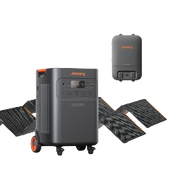
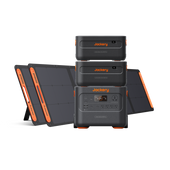
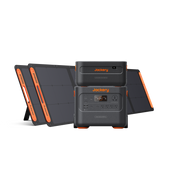
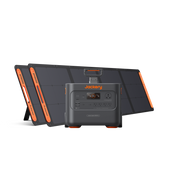

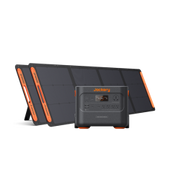
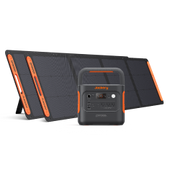

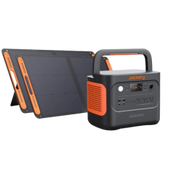
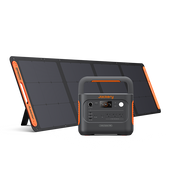
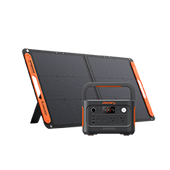

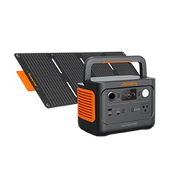

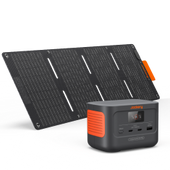
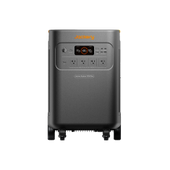

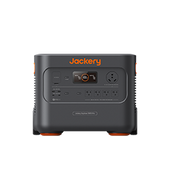
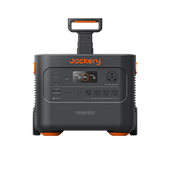
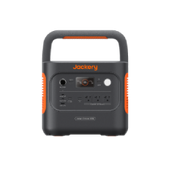
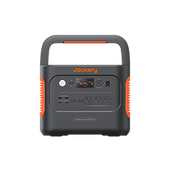

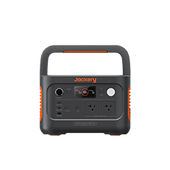
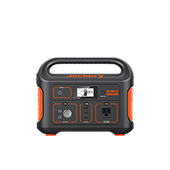
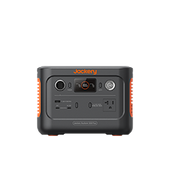

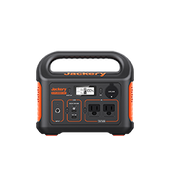
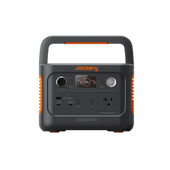
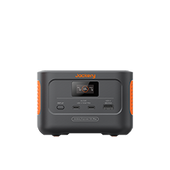



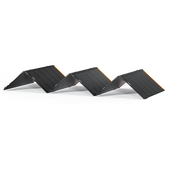
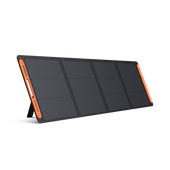
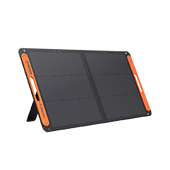
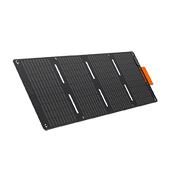

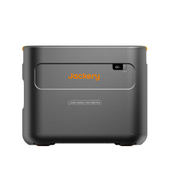
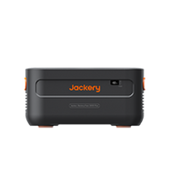


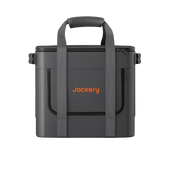

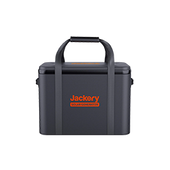

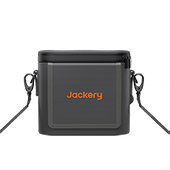
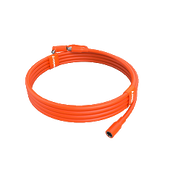








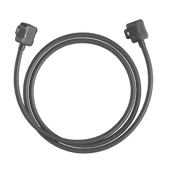
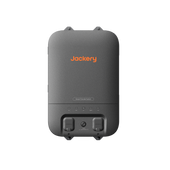
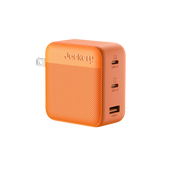




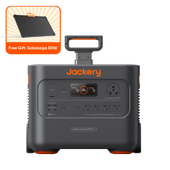
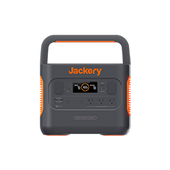
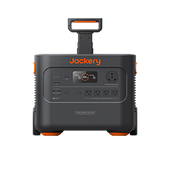
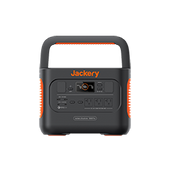
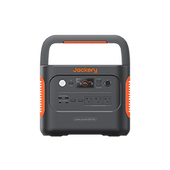
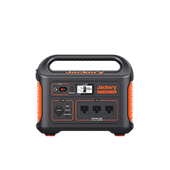
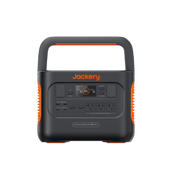
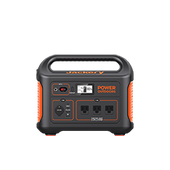
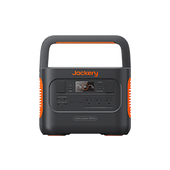
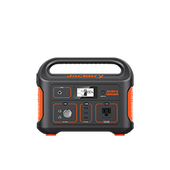

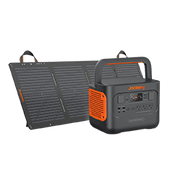
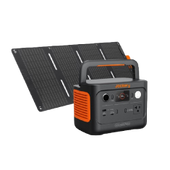

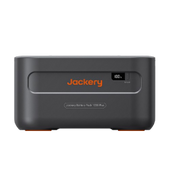





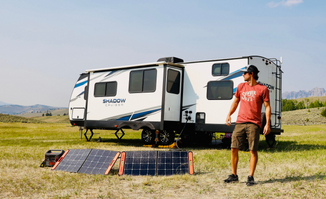








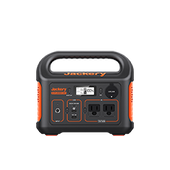




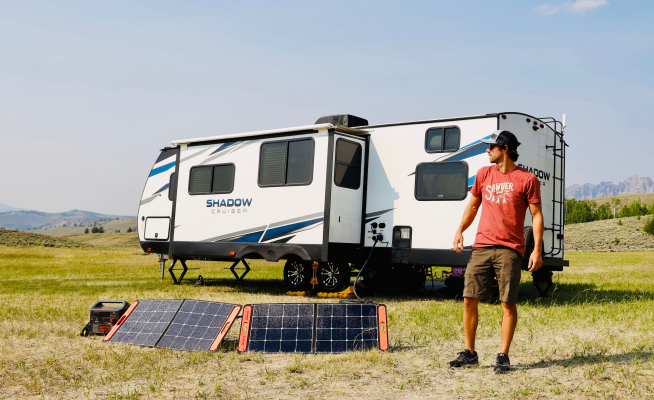





















Leave a comment